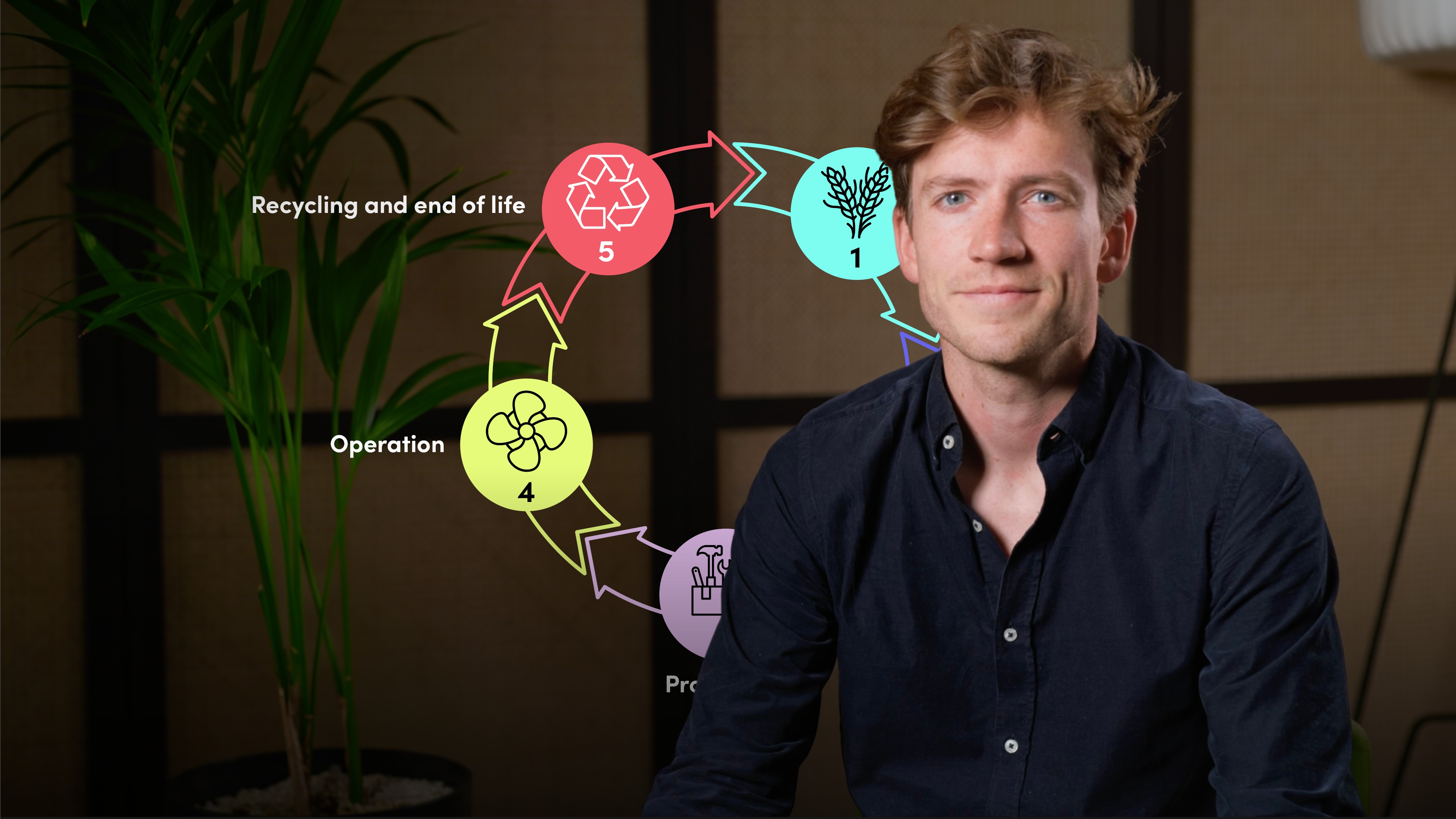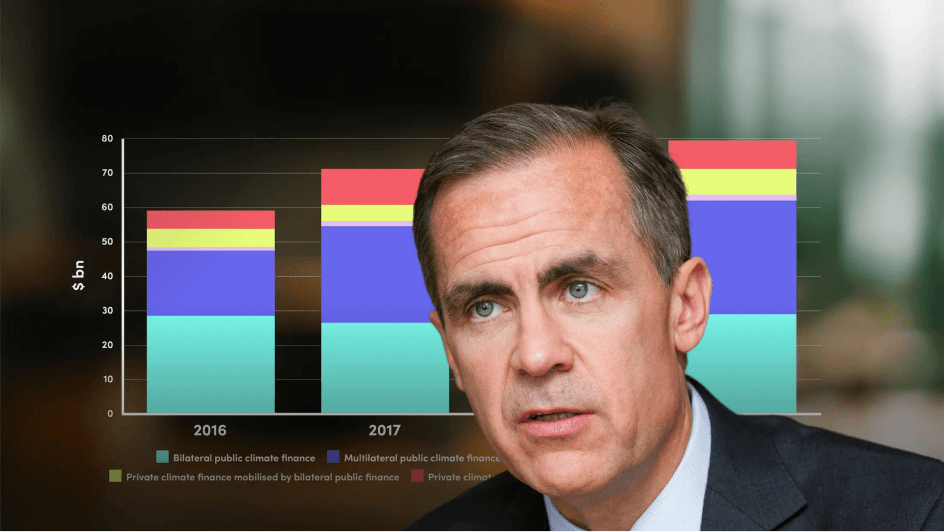
CDR Jargon Buster

Richard Probst
In this video, Richard dives into the essential attributes of carbon dioxide removal (CDR), including additionality, measurability, price, and permanence, and explains how they ensure the integrity of these climate solutions. He discusses the like-for-like principle, which matches storage methods to emission types, and debunks common myths about CDR, such as its cost, environmental impact, and energy use. Richard further highlights the importance of innovation, renewable energy, and strong policy frameworks in scaling high-quality CDR solutions to complement emission reductions and achieve net-zero emissions effectively.
In this video, Richard dives into the essential attributes of carbon dioxide removal (CDR), including additionality, measurability, price, and permanence, and explains how they ensure the integrity of these climate solutions. He discusses the like-for-like principle, which matches storage methods to emission types, and debunks common myths about CDR, such as its cost, environmental impact, and energy use. Richard further highlights the importance of innovation, renewable energy, and strong policy frameworks in scaling high-quality CDR solutions to complement emission reductions and achieve net-zero emissions effectively.
Subscribe to watch
Access this and all of the content on our platform by signing up for a 7-day free trial.

CDR Jargon Buster
12 mins 15 secs
Key learning objectives:
Understand the critical attributes of CDR: additionality, measurability, price, and permanence
Understand the importance of the like-for-like principle in matching storage duration to emission sources
Identify common myths about CDR technologies, including concerns about cost, environmental impacts, and energy use
Outline the role of innovation, renewable energy, and policy in scaling high-quality CDR solutions
Overview:
Subscribe to watch
Access this and all of the content on our platform by signing up for a 7-day free trial.
Subscribe to watch
Access this and all of the content on our platform by signing up for a 7-day free trial.

Richard Probst
There are no available Videos from "Richard Probst"





























